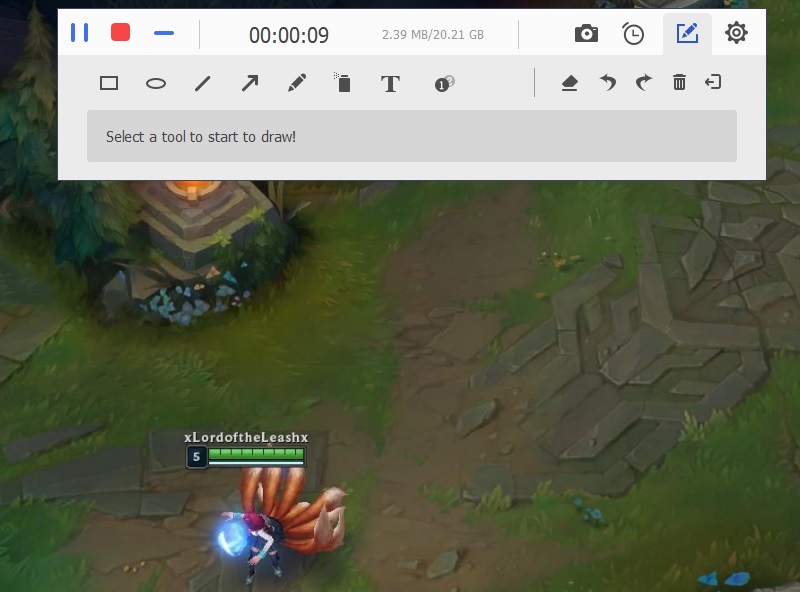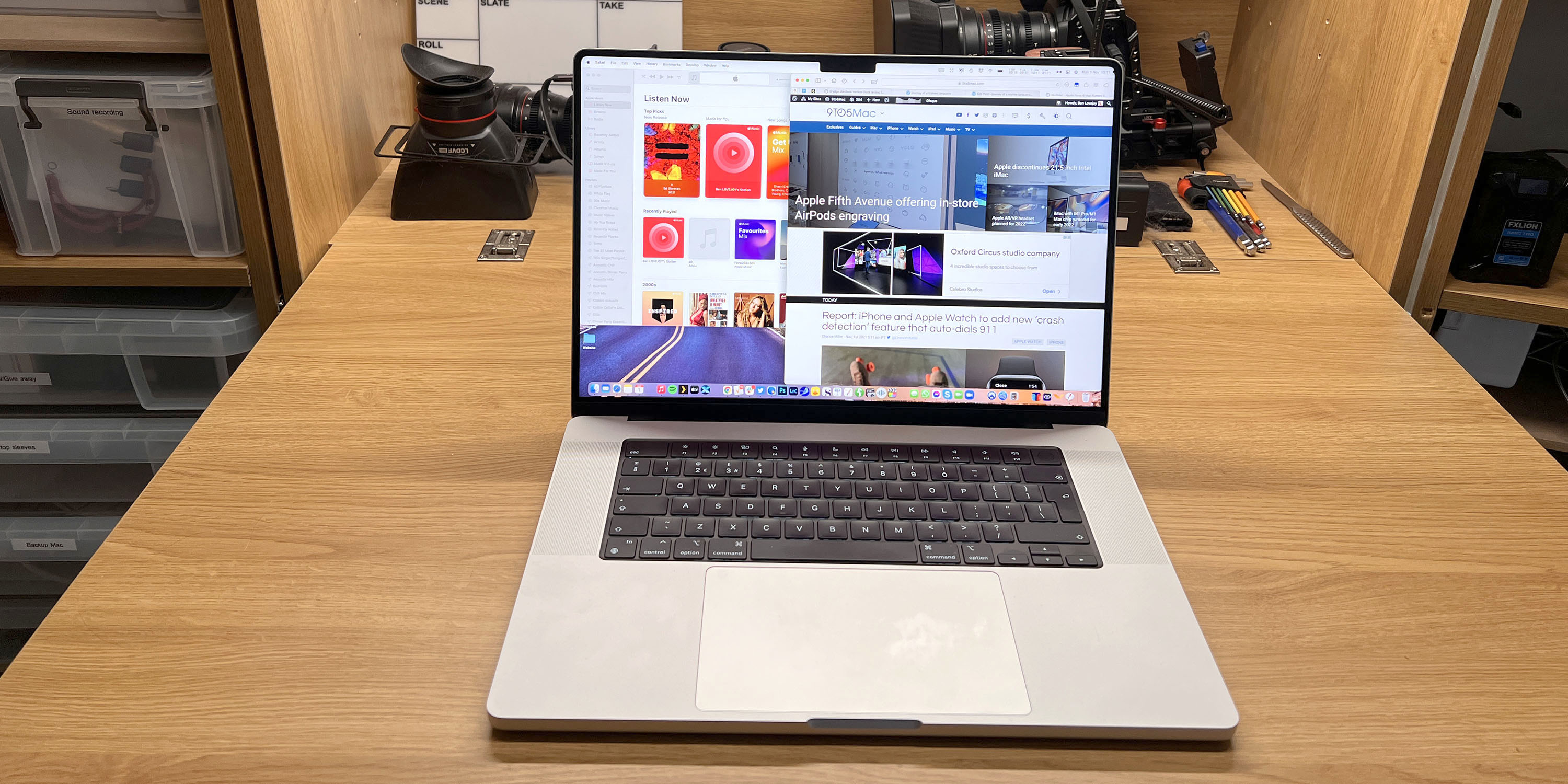
Preschool age children are modeling what they see, so characters that interact the way real people do, whether they’re cartoons or live-action, can contribute to their development, she adds.īut parents agonizing over which kind of video is best for toddlers may be getting anxious about the wrong thing. “The important thing,” she said, “is seeing real-life scenarios being played out, whether it’s on the playground or on TV or in the kitchen corner at school or with blocks as symbols of real life.” Susan Schwartz, a learning and educational specialist, doesn’t think pace is the issue when it comes to what’s developmentally appropriate for preschoolers. “These children’s brains were actually tired from all of the stimulation.” “Not all TV is the same,” said another researcher at the University of Washington, who reviewed the study.


The lead author of that study was suggesting that fast-paced programs featuring unrealistic scenarios may over-stimulate the brain, making it harder to trigger executive function skills. Is it credible that watching a particular show, like the often-blamed hyperactive cartoon SpongeBob SquarePants-could have a negative effect on preschoolers? It’s a question that worries many parents and even became the subject of a 2011 study in Pediatrics.


 0 kommentar(er)
0 kommentar(er)
